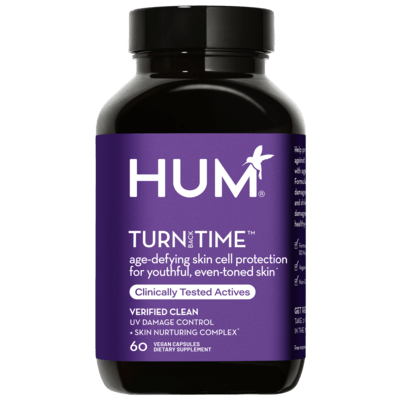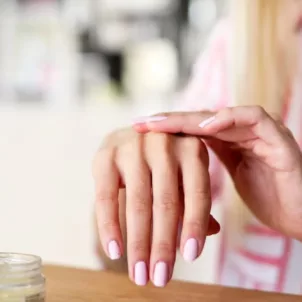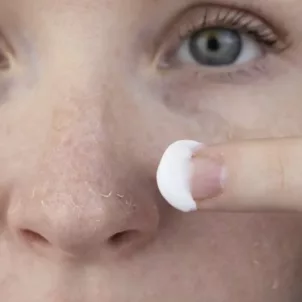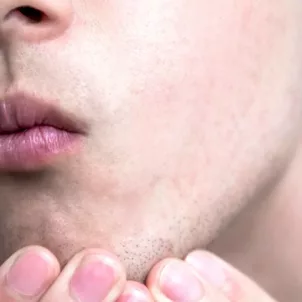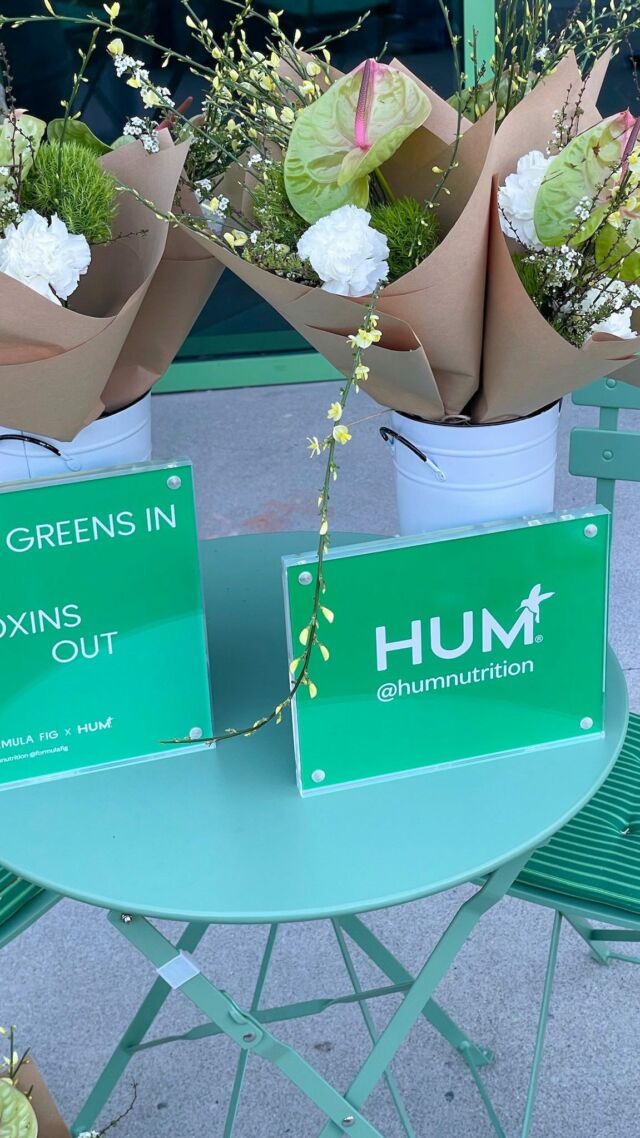Dehydrated skin is an unfortunate side effect of airplane travel. Here’s why: The inside of an airplane cabin is drier than the Sahara Desert—and that’s not even a metaphor. The desert has an annual average of 25 percent humidity, and most planes are at 10 percent humidity. Which means by the time you de-plane, you basically have the dermal equivalent of astronaut ice cream: dry and dehydrated. Add in the recycled air and multitude of germs, and your skin is in in trouble.
Luckily, there are steps you can take to help you step off the plane looking as glowy as Rosie Huntington-Whiteley. We tracked down the experts who possess such skin-saving knowledge. Here, the airplane routine you need so you don’t look dead on arrival.
HERE’S WHY YOU GET DEHYDRATED SKIN WHILE FLYING
“When you travel by plane, pay special attention to your skin,” says celebrity esthetician Renée Rouleau. “Skin cells are like fish: They need water to live. Without it, you’re compromising not only the appearance of the skin (lines and wrinkles are more pronounced when the skin lacks moisture), but the overall health of it too.” The air inside the cabin essentially sucks the life out of your skin. “The dry air looks for moisture where it can, robbing it directly from your skin, Rouleau explains. “When the skin has no water, it attempts to compensate for the dehydration by producing more oil. For dry skin types that have little oil production, the skin will be depleted of moisture.” That’s bad news for your skin. “The recycled air on planes is notoriously dehydrating. Also, there are loads of bacteria floating around,” adds Kerry Benjamin, celebrity esthetician and founder of Stacked Skincare. Since your skin produces excess sebum to make up for the moisture loss, it creates the perfect environment for that bacteria to thrive. In turn, you could be in for some pesky pimples upon landing.PRE-FLIGHT TIPS TO PREVENT DEHYDRATED SKIN
Hydrate, hydrate, hydrate
“You must load your skin up with as much hydration and protection as possible,” says Rouleau. A skin serum with hyaluronic acid or lipid rich oils will moisturize deep within the layers of your skin.Apply SPF
Don’t forget to apply a sunscreen of at least SPF 30. Rouleau says that airplane windows don’t filter out skin-damaging UV rays. Plus, you’re closer to the sun than if you were on the ground. For extra UV protection, try taking a supplement like HUM’s Turn Back Time, which contains PLE (a fern extract) and free radical-fighting antioxidants.Avoid eating these veggies
What you eat before you get on the plane can seriously improve your quality of airplane travel. Vandana Sheth, RDN, CDE, and spokesperson for the Academy of Nutrition and Dietetics, recommends noshing on a carb and protein balanced meal before flying. Whatever you do, don’t eat cruciferous veggies like broccoli and Brussels sprouts. These veggies can cause gas and bloating (not pleasant for you or your seat mate).IN-FLIGHT TIPS TO PREVENT DEHYDRATED SKIN
Take care of your eyes
Ask for an ice cube to de-puff your eyes upon takeoff and landing, says Benjamin. Then tie your hair out of your face and dab on a small amount of eye cream. “Because of the lack of circulation in the body while flying and the sleep deprivation that comes with travel, our eyes can suffer,” she explains.Keep moisturizing
“Applying a few drops of a well-formulated skin oil (like the Renée Rouleau Pro Remedy Oil, $72.50) to the face every hour of a flight will help keep moisture in the skin where it belongs,” advises Rouleau.Don’t underestimate the power of lip balm
Dry, chapped lips are never fun, but are infinitely more awful when you’re cruising at 30,000 feet and can’t escape the small talk the stranger next to you keeps trying to initiate. Benjamin always brings Bliss Fabulips Sugar Scrub to exfoliate her lips, then uses 100% shea butter on her lips and hands for optimal hydration.Watch what you eat
The bad side effects of the food you eat are only exacerbated on an airplane. “Typical airline snacks such as nuts, crackers, and chips can be loaded with salt, which can make you feel bloated and gassy,” says Sheth. All that extra salt also makes you—and your skin—extra dehydrated. Plus, sugar, carbs, and dairy can all cause breakouts and exacerbate inflammatory conditions like eczema and rosacea.Pack a healthy snack
Sheth packs a peanut butter sandwich on whole grain bread, homemade trail mix, whole cucumbers or celery sticks, dry oatmeal, herbal teabags, and a water bottle, depending on the length of the flight.Drink tons of water
Another tip: Stay hydrated. Sheth recommends drinking around eight ounces of water per hour of flight time (peppermint, chamomile, and ginger tea are also good options). Fresh fruits and veggies also help you stay hydrated.POST-FLIGHT TIPS TO PREVENT DEHYDRATED SKIN
An insta-fix
“The skin can look sluggish after a long day of traveling, so bring some fresh blood to the face by hanging your head upside down for three minutes,” Rouleau recommends. “You’ll go from tired to radiant immediately.”Exfoliate for best results
“When you reach your hotel, cleanse your face thoroughly and apply a peel like my TCA Multi-Acid Face Peel, $150, to gently exfoliate and kill any acne-causing bacteria lurking on your skin,” says Benjamin. “You’ll wake up to refreshed, glowing, hydrated skin, and you’ll be ready to take on your day!”Keep moisturizing
Lastly, it’s important to keep on hydrating to prevent your skin from drying out and to restore its radiance. Rouleau recommends using her Bio Calm Repair Masque, $51.50, and following it up with a moisturizer.More like this
